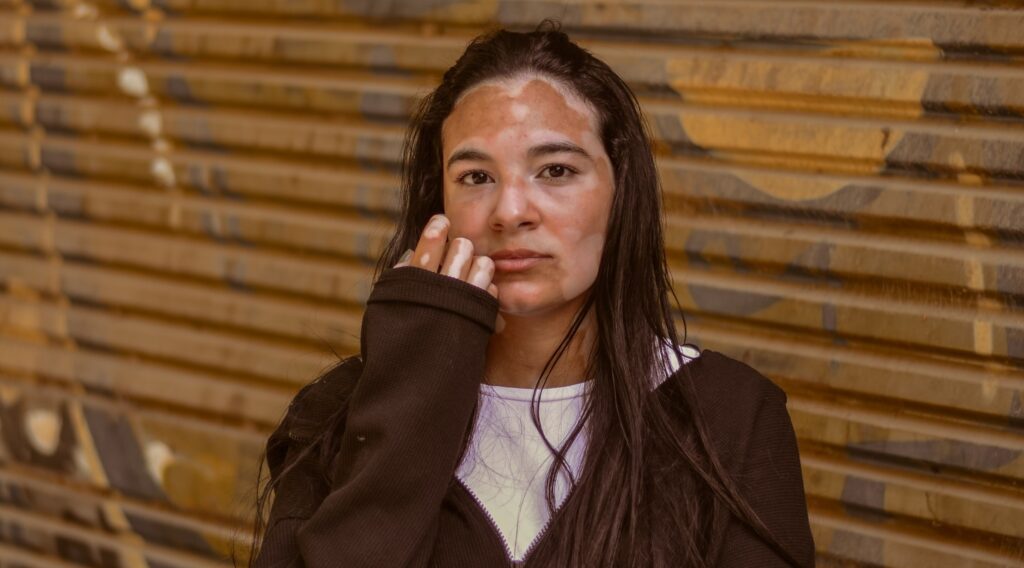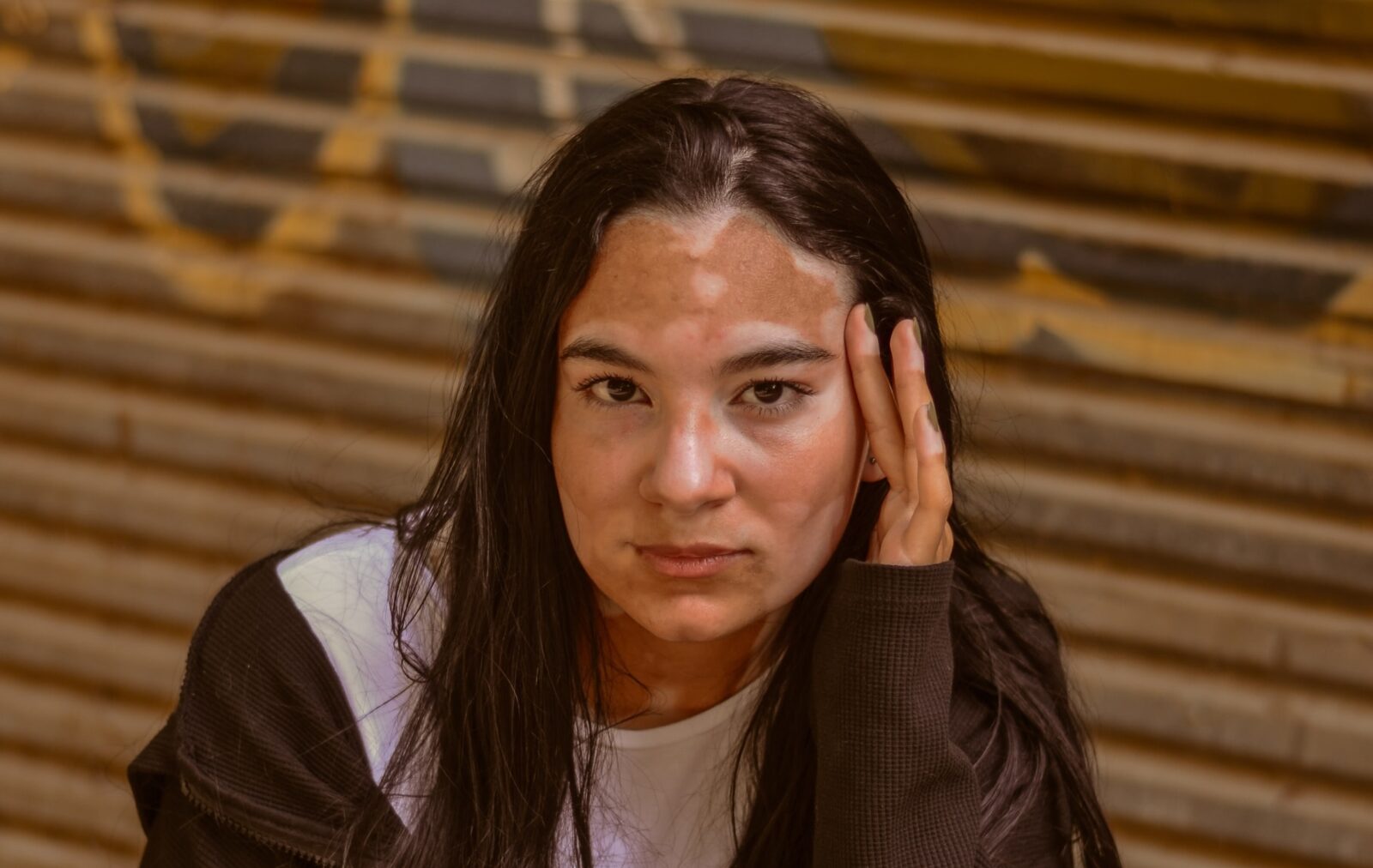About 1 to 2 million people in the U.S suffer from Vitiligo. More than half are children and teenagers. This condition is not threatening for the health of a child, but it can make them feel different from others.
What are the symptoms of Vitiligo in children?
Vitiligo is known to affect children of all races. But the patches of lighter skin, called macules, are more evident in children with darker skin. These macules usually appear on the face, hands, and pretty much any area frequently exposed to the sun. Also, elbows and knees, groin, as well as the scalp and hair, eyebrows and eyelashes. It also appears around eyes, nostrils, belly button or genitals.
This condition progresses over time. Besides the loss of pigment, it does not cause any other changes to the skin.
How many types of Vitiligo are there?
Dermatologists usually classify this disease according to how widespread it is and where the patches are located. There are three main types of Vitiligo:
Focal Vitiligo – comes with only a few spots around some particular locations, and they have not spread in the past year or two.
Generalized Vitiligo – comes with spots all over the body, they are bilateral, and it affects 9 out of every ten people with Vitiligo.
Segmental Vitiligo – the spots only appear on one side of the body, and children are more affected by it.
How can I tell my child about Vitiligo?
This condition can have an impact on the mental health of your child. Parents should discuss it with kids from the very first signs. It is essential to let them know that this condition is not infectious and that they can get close to other people without being worried or scared.
Talk to your child so that they can understand what is going on. Don’t use scientific terms, and start with the basics. Be straightforward, and help them understand their condition. It might be better to help him normalize it from the very beginning.
What is the treatment?

The treatment helps in restoring the lost skin colour. Vitiligo is not something that we can cure yet, but there are many treatment options available for the loss of skin pigmentation. Both adults and children can benefit from them:
Oral medication – this one includes oral corticosteroids – steroids – which can be effective if the Vitiligo progresses quickly.
Tropical medication – this is the first option usually, as they work best on the face, upper body and new patches. It works great for people with darker skin tones.
Light therapy – the use of UVB lights in order to restore pigmentation. It is effective in 65% to 75% of cases. For this one, you will need a time commitment.
Some other treatments – may include surgery and depigmentation. These ones are suitable for adults who did not have success with other treatments.
Make sure you talk to your children about treatment. They should be present every step of the way. This should be their decision, that you help them make after you talk to the doctor. You should help them be informed at all times. You should also make sure he knows that these treatments are not cures, but ways to manage the disease.
Many people choose not to follow a treatment. They might use cosmetics to camouflage the depigmented areas, while others learn to get comfortable in their own skin. Always give your child enough time to decide what they want to do.























Leave a Reply